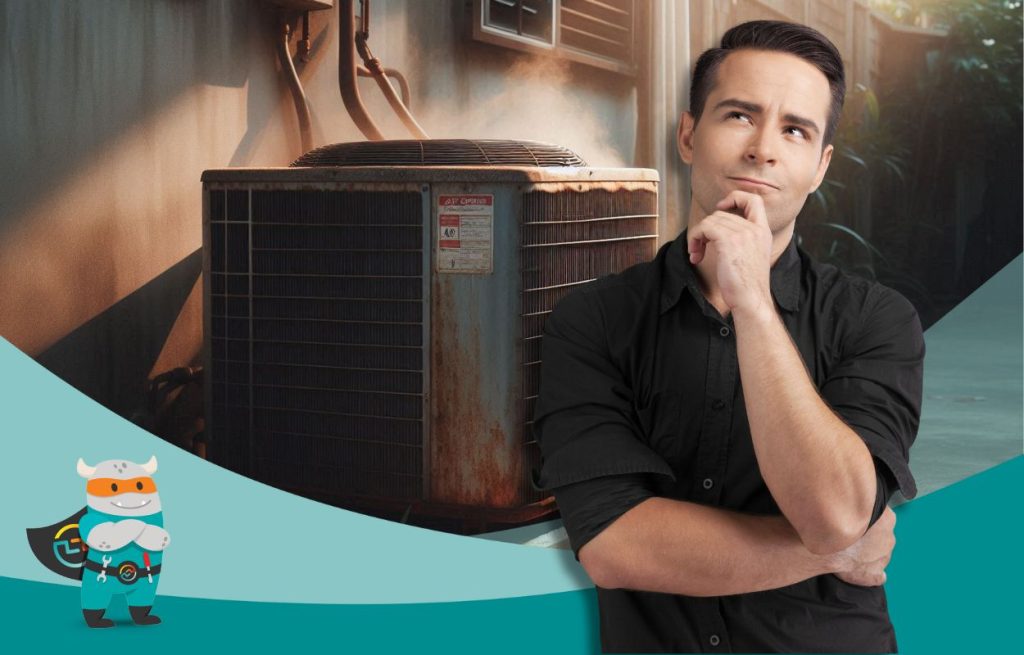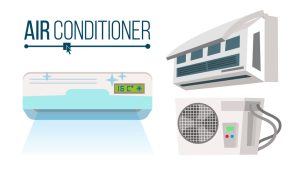Your home’s heating and cooling system works hard year-round to keep you and your family comfortable. But like any piece of equipment, HVAC systems don’t last forever. If your unit is more than 10–15 years old, it might be time to ask yourself: Is it still doing its job efficiently—or is it time for an upgrade?
As systems age, their performance and reliability decline, leading to more frequent issues, rising utility costs, and inconsistent comfort. Here’s how to recognize the signs of an aging HVAC system, and why investing in a new system can save you money, improve comfort, and bring peace of mind.

Signs Your HVAC System May Be Near the End
1. Frequent Breakdowns and Repairs
One of the clearest signs that your system is on its last legs is the need for regular repairs. If you’ve had to call for service multiple times over the past year or two—especially during peak heating or cooling seasons—it’s likely that your system is wearing out. Continually patching problems may keep things running in the short term, but it becomes less cost-effective over time.
2. System Age
Most HVAC systems have a lifespan of 10–15 years with regular maintenance. If your unit is approaching or exceeding that age, you’re likely dealing with reduced efficiency and an increased risk of failure. Even if it seems to be working now, older systems are more prone to in-season breakdowns—often when you need them the most.
3. Inconsistent Temperatures
Are some rooms in your home too hot while others are too cold? Uneven temperatures often indicate that your system can no longer keep up with your home’s demands. This could be due to failing components, poor airflow, or outdated technology that simply isn’t up to modern standards.
4. Higher Energy Bills
Have you noticed your utility bills creeping higher despite similar usage? As HVAC systems age, they lose efficiency. Older models may struggle to maintain your desired temperature, running longer and using more energy to compensate. This inefficiency shows up month after month on your energy bill.
5. Outdated Technology
Older systems often lack features that have become standard in newer models—such as smart thermostat compatibility, variable-speed compressors, and advanced humidity control. These modern enhancements contribute to better performance, lower costs, and improved indoor air quality.
The Benefits of Upgrading to a New HVAC System
Replacing your old HVAC system is an investment—but one that comes with long-term rewards.
Improved Energy Efficiency
New systems are built to much higher efficiency standards. Models with ENERGY STAR® certification and high SEER2 ratings use significantly less energy to provide better comfort. This means lower monthly utility bills and a reduced environmental footprint.
Increased Reliability
With a brand-new system, you won’t have to worry about unexpected breakdowns or scrambling for emergency repairs during the hottest or coldest days of the year. You’ll have peace of mind knowing your HVAC system is ready to perform when you need it most.
Enhanced Comfort and Control
Modern systems offer better temperature control, quieter operation, and features like zoning, programmable thermostats, and humidity regulation. These upgrades help ensure consistent comfort throughout your home—no more hot and cold spots.
Long-Term Savings
While a new system does come with upfront costs, those are offset by energy savings, reduced repair bills, and the extended warranty that often comes with installation. Over time, upgrading is typically more economical than keeping an inefficient, failing system running.
To schedule your HVAC service, contact Premier HVAC Services today!


